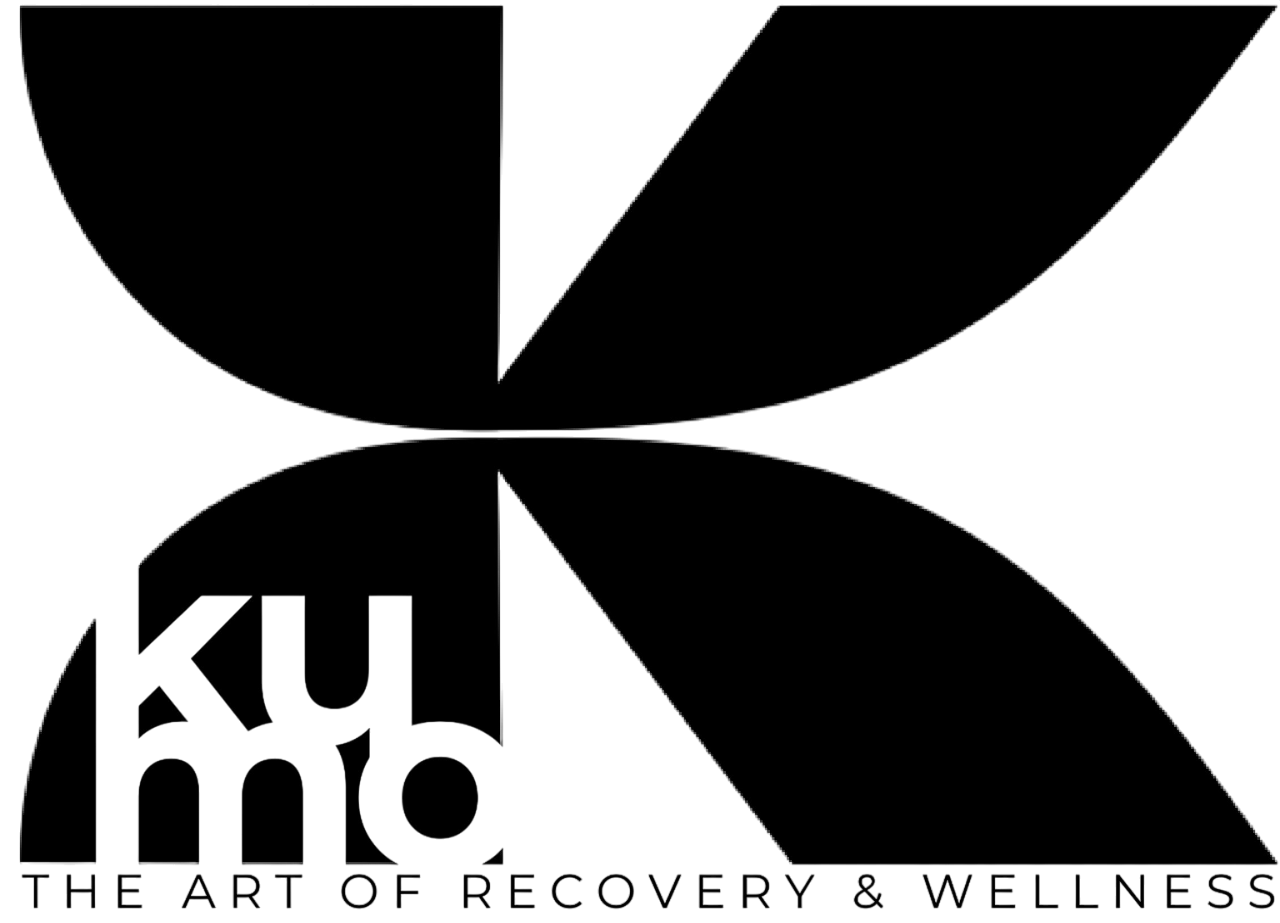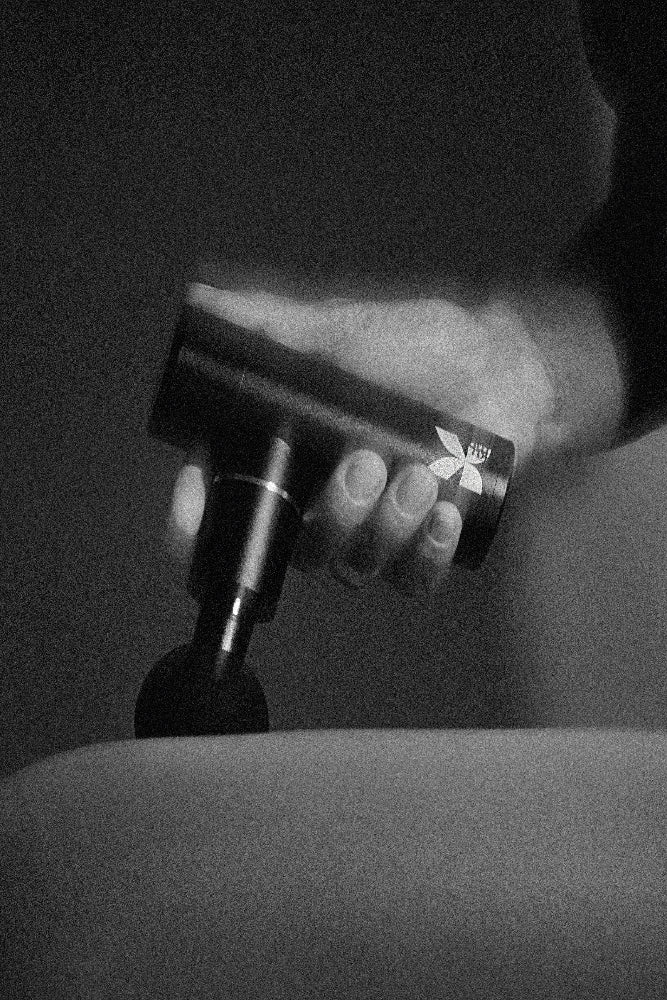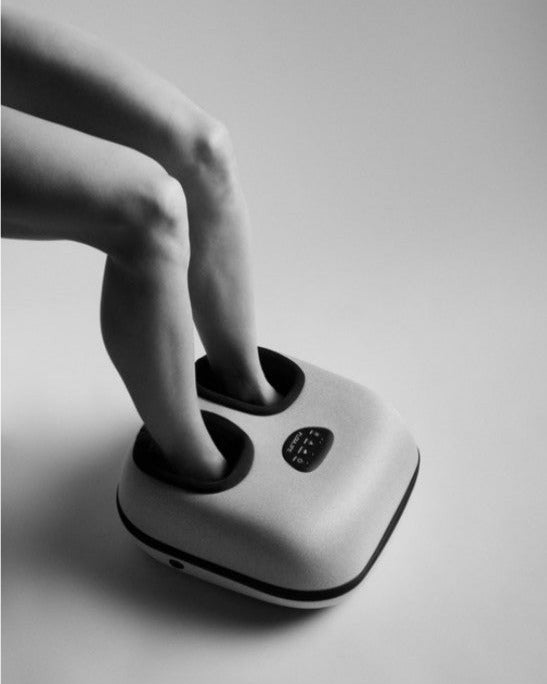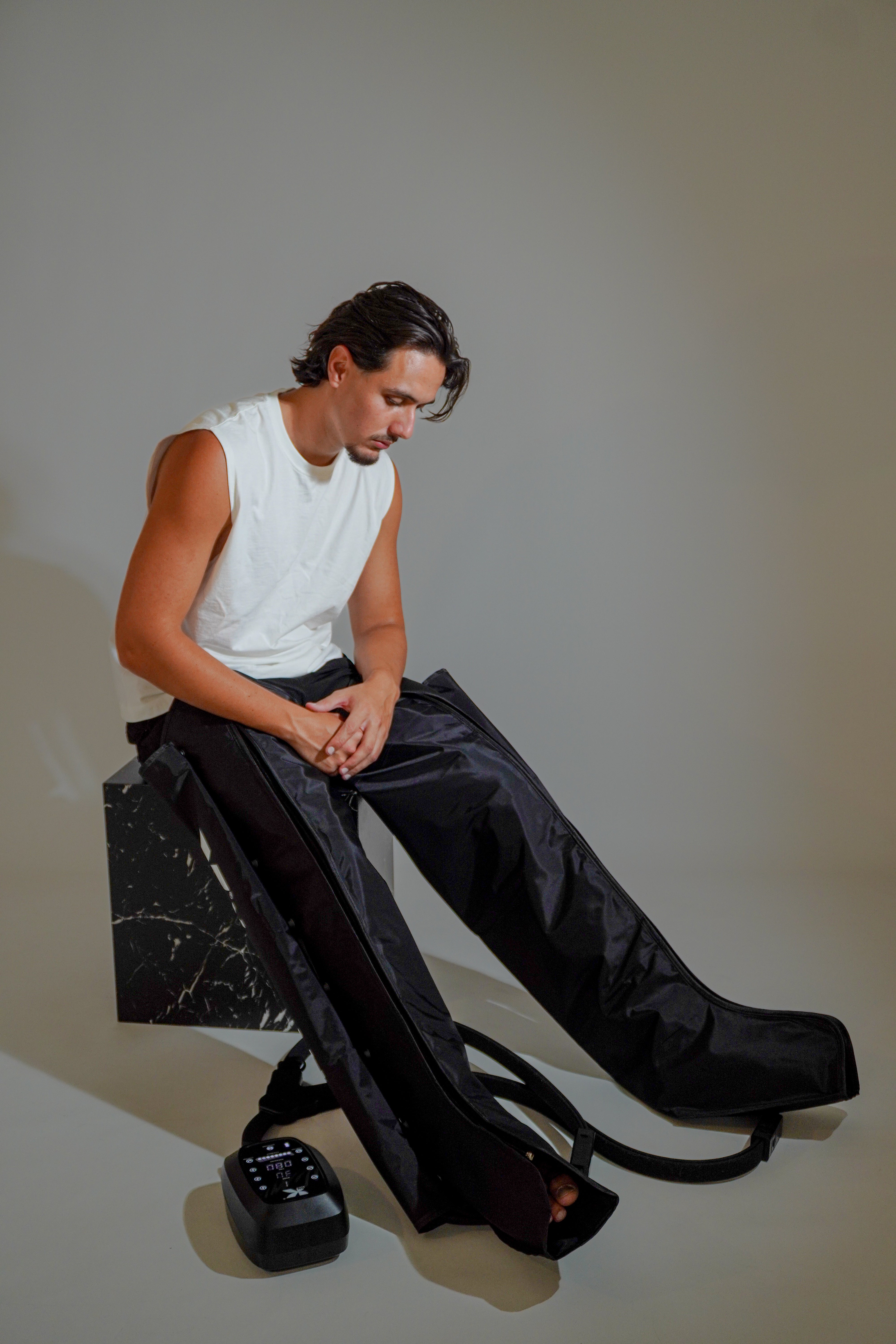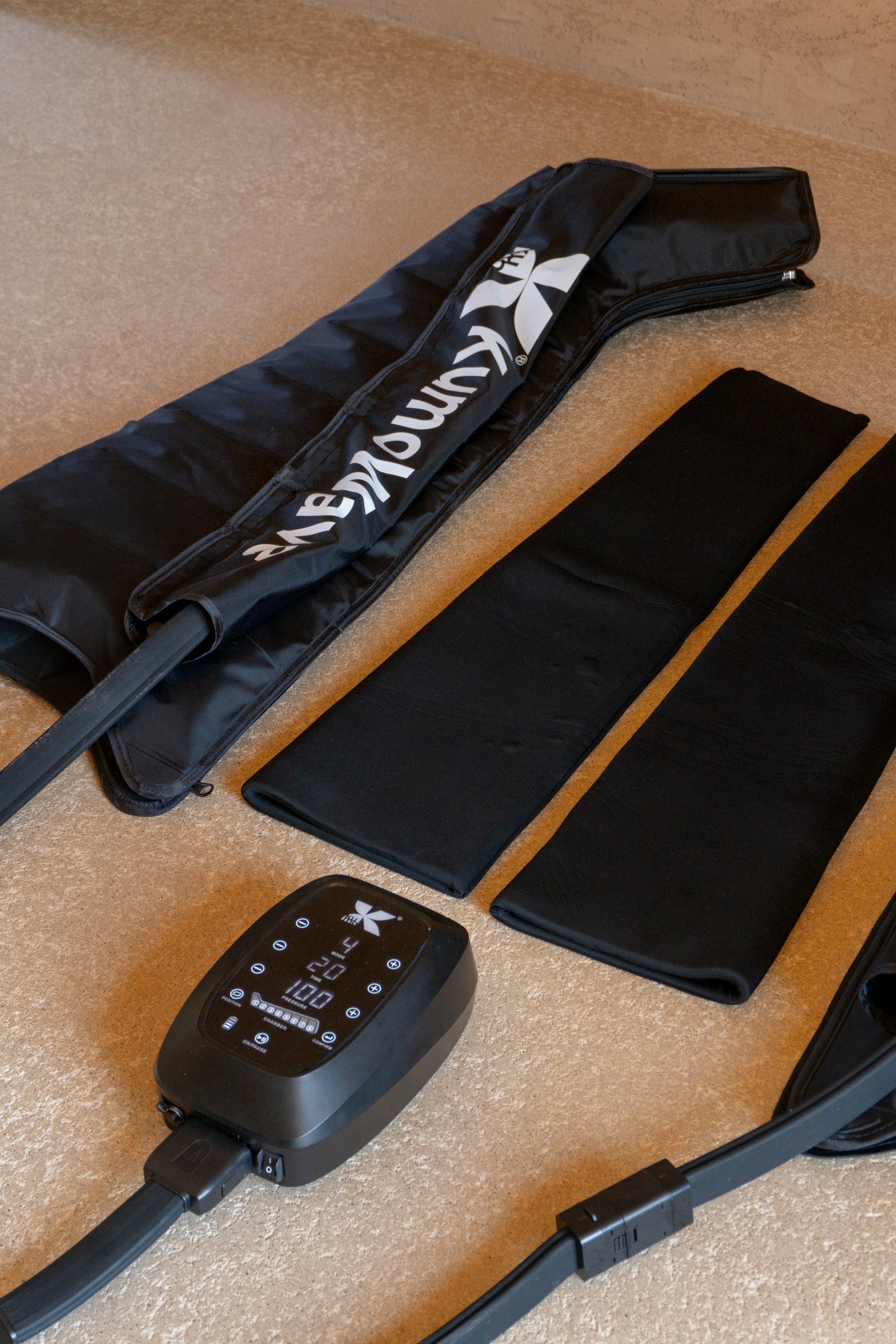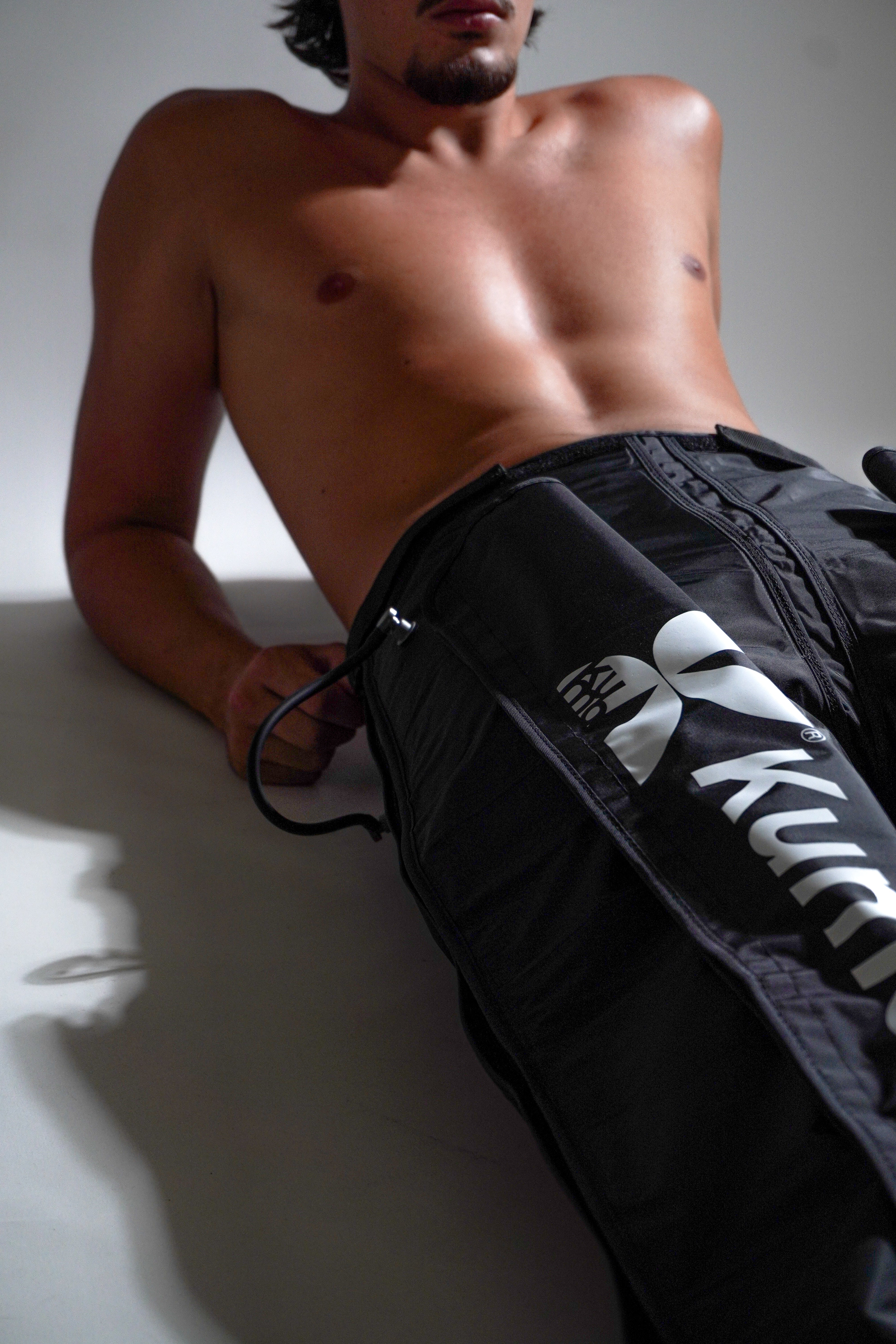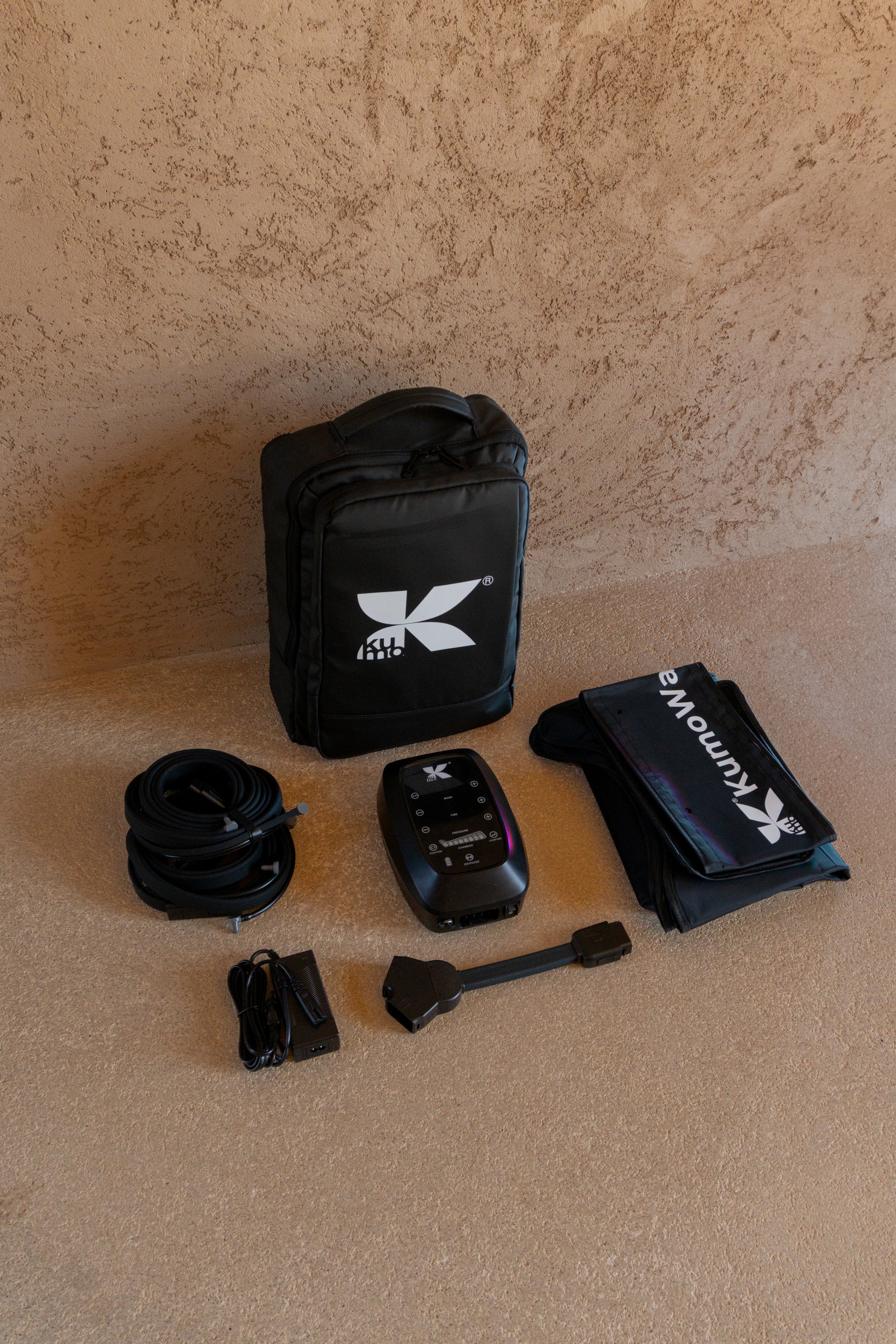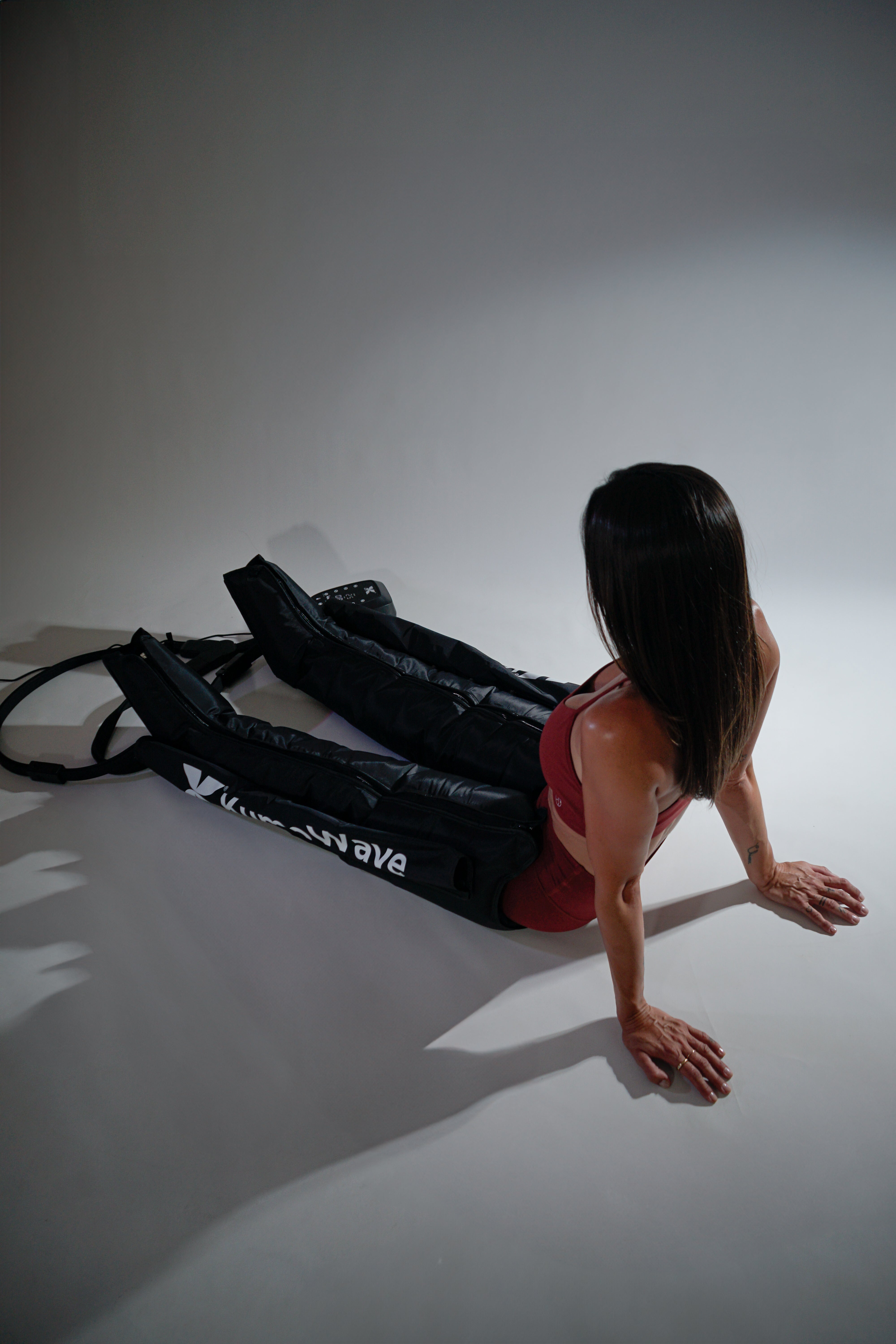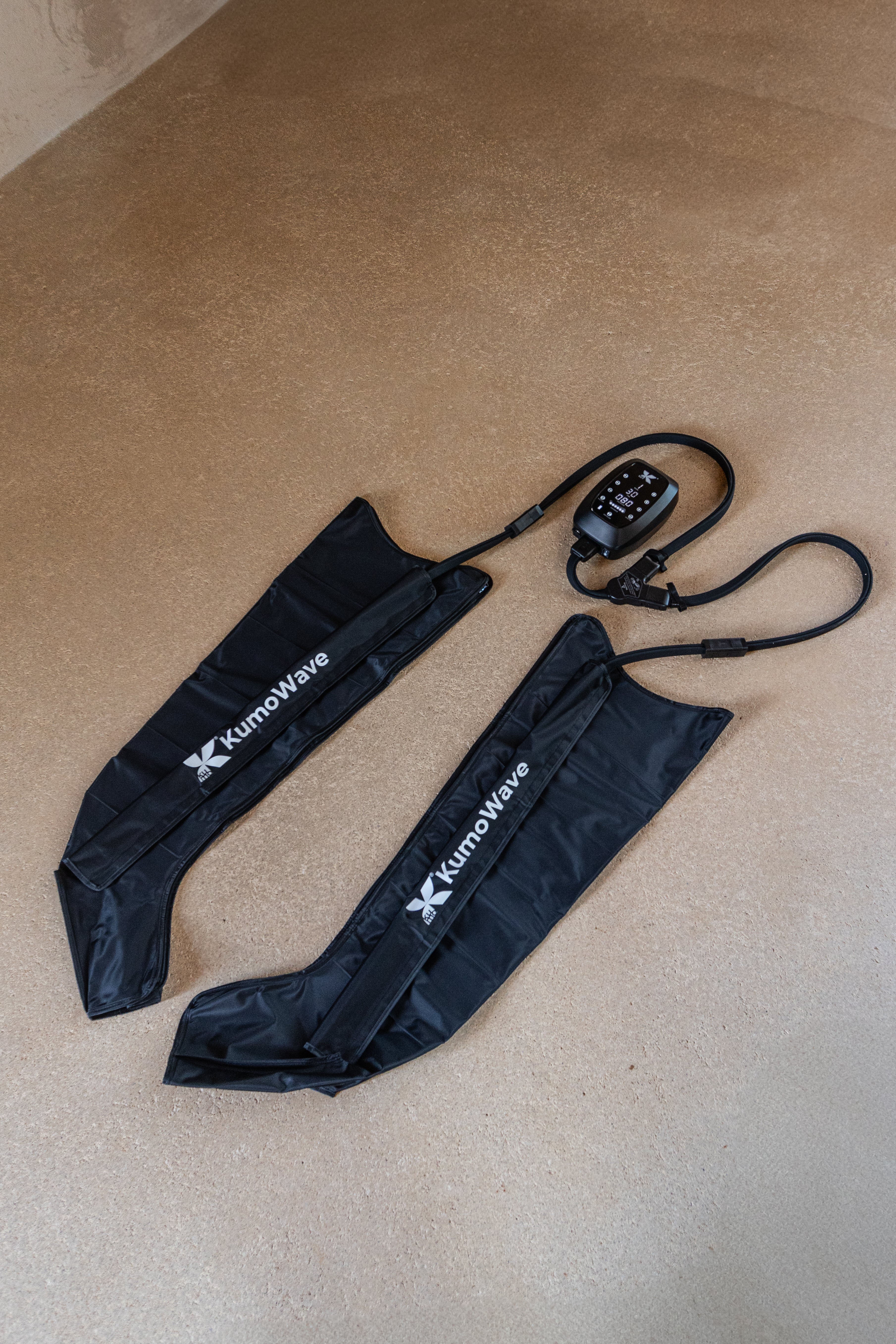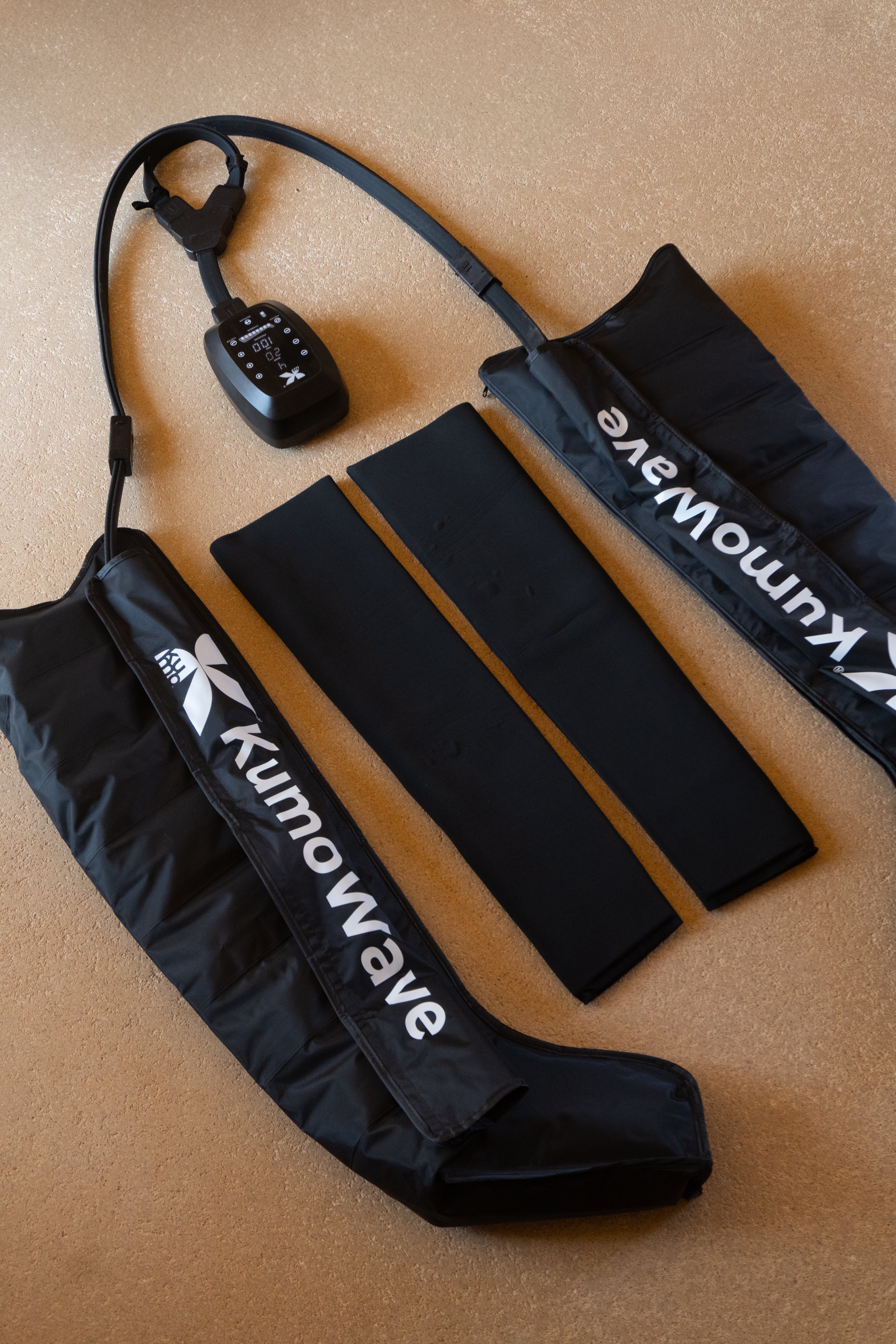Postoperative lymphatic drainage for a faster and safer recovery. This guide explains what it is, when to start it, how to perform it, and how to combine it with recovery habits and technology to reduce inflammation, pain, and adhesions after surgery.
Coming soon
- Reduces edema and stiffness, promotes healing and comfort after surgery.
- Start when your surgeon says it's okay (often between day 3 and week 2).
- 2–3 sessions/week initially, with progression and clinical re-evaluation.
- Gentle, painless techniques: safety and hygiene priority.
- It is enhanced with compression, early mobility, breathing and guided recovery.
What is lymphatic drainage and why is it useful after surgery?
Manual lymphatic drainage (MLD) is a gentle massage therapy technique that stimulates lymph flow to evacuate fluids, proteins, and waste from the tissues. Postoperative trauma, immobilization, and swelling can overwhelm the lymphatic system, causing edema, skin tension, and discomfort. MLD acts as an auxiliary "pump" to restore fluid balance, improving mobility and well-being. Clinical references, such as those from the Cleveland Clinic, describe MLD as a safe tool when appropriately indicated.
Expected benefits and limits (what the evidence says)
- Common benefits: less swelling and heaviness, relief from strain pain, prevention of fibrosis, improved range of motion, increased comfort with compression garments.
- Limits: It does not “cure” itself; it is a complement to medical treatment (rest, medication, compression, rehabilitation).
- Evidence: The literature supports DLM for selective postoperative lymphedema and edema; reviews such as Cochrane They emphasize modest benefits and the importance of individualized prescriptions. In plastic surgery, lymphatic massage is a widespread practice, with cautious recommendations from professional societies such as the ASPS.
- Realistic expectations: Aim to feel better sooner and move better, not “miracle” results.
Key tip: The best lymphatic drainage is the one authorized by your surgeon, performed by a trained professional, and coordinated with your recovery plan.
When to start and how often?
- Onset: Depends on the procedure and progress. After soft tissue surgeries (e.g., liposuction, abdominoplasty), many teams authorize MLD between day 3 and week 2. In orthopedics, it may take longer. Always confirm with your surgeon.
- Frequency: 2–3 sessions per week for 2–4 weeks is usually a starting point, adjusting according to edema and tolerance.
- Duration per session: 30–60 minutes, prioritizing peripheral areas and proximal drainage pathways.
- Progression: Reduce frequency as the edema subsides and your mobility improves; reassess weekly.
How to do it: technique, sensations and safety
- Technique: slow, rhythmic, and superficial maneuvers (Vodder/Földi methods), starting by opening lymph nodes and proximal pathways, and advancing from distal to proximal toward healthy territories.
- Sensations: Should be painless; target pain scale ≤ 2/10. If painful or resistant, adjust or stop.
- Areas to avoid: recent incisions, drains, areas with signs of infection, thrombosis or active hematomas.
- Hygiene: Clean hands, surfaces, and materials; hypoallergenic creams only if authorized.
- Integration with compression: Perform DLM before applying the garment or bandage to “charge” the system and maintain the effect.
Who should do it? Professional vs. self-care
- Professional: Physical therapists or therapists certified in MLD and lymphatic pathology. They provide clinical judgment, safety, and sound technique.
- Guided self-drainage: possible at home for maintenance, with short routines (10–15 min) taught by your therapist, avoiding the operated area until medical discharge.
- Team coordination: surgeon, physical therapist, and you. Communication reduces risks and optimizes results.
Contraindications and warning signs
Avoid or postpone lymphatic drainage if you have:
- Active infection, fever or warm redness in the area.
- Recent deep vein thrombosis or embolism.
- Decompensated heart failure, acute kidney failure.
- Marked hypotension, severe pain that doesn't improve, bleeding, or wound dehiscence. If you have any concerns or warning symptoms, discontinue the session and contact your medical team.
How to Boost Drainage: Recovery Habits and Technology
- Medical-grade compression: girdles or stockings depending on the surgery, properly fitted and checked by the team.
- Early mobility and diaphragmatic breathing: Walking at a gentle pace and “breathing into your abdomen” activates venous and lymphatic pumps.
- Hydration and nutrition: sufficient water, quality proteins, and micronutrients for healing.
- Sleep and stress management: Rest promotes tissue recovery.
Technological support (always with medical authorization):
- Pneumatic pressotherapy: useful for heavy legs and venous return after drains have been removed and with closed incisions. Discover our pressotherapy boots and how to integrate them progressively.
- Red light/LED therapy: Focused on tissue recovery and muscle comfort in non-contraindicated areas; avoids open incisions. Explores the LED light therapy .
- Percussive massage: This is not lymphatic drainage and should not be applied to areas that have been operated on early; it can help with adjacent muscles when the surgeon allows it. Learn about the KumoPulse Air, our massage gun for later stages.
At KUMO, we combine aesthetics, technology, and performance to make recovery a sustainable habit. Learn more about our vision in KUMO .
Practical examples by type of surgery
- Plastic surgery (liposuction/abdominoplasty): Typically started between days 3–10; focus on the abdomen, flanks, and drainage to inguinal/axillary lymph nodes; constant compression; avoid early local heat.
- Knee surgery (arthroscopy/ligaments): Start based on edema and stability; focus on calf and thigh; combine with elevation, controlled cryotherapy, and pumping exercises.
- Mastectomy/reconstruction: Specialist assessment for lymphedema risk; prioritize gentle drainage of the chest wall and arm, and scar tissue after healing.
Each case is unique: if you need a personalized guideline, you can contact the team .
Quick summary table
| Aspect | Practical key |
|---|---|
| Aim | Reduce edema, pain, and fibrosis; improve mobility and comfort |
| Start | When your surgeon approves (often between day 3 and week 2) |
| Frequency | 2–3 sessions/week initially; adjust based on progress |
| Intensity | Gentle, painless maneuvers; avoid incisions and risk areas |
| Add-ons | Compression, gentle walking, breathing, hydration, sleep; support with pressure therapy and LED if necessary. |
Frequently Asked Questions
How many lymphatic drainage sessions do I need after surgery?
There is no universal number. As a guideline, many people benefit from 2–3 sessions per week for 2–4 weeks, gradually tapering as edema subsides and mobility improves. More extensive surgeries or those prone to fibrosis may require more time. The key is to reevaluate weekly, coordinate with your surgeon, and prioritize tolerance: painless sessions with a feeling of lightness afterward. Self-care (breathing, walking, compression) between sessions maintains progress.
Does postoperative lymphatic drainage hurt?
It shouldn't hurt. Lymphatic drainage is a superficial, rhythmic technique; the goal is to stimulate lymph, not "knead" tissue. If you feel sharp pain, burning, or excessive tension, alert the therapist and stop the procedure. Mild tenderness in swollen areas is normal, but it should be kept below a 2/10. Remember: pain = a warning sign; adjust your technique or reprogram it, especially in the first few days postoperatively.
Can I do it at home or do I always need a professional?
In the first few weeks, a certified professional is preferable for safety and effectiveness. Once the process is stabilized and with the approval of the medical team, you can learn simple self-drainage routines (10–15 minutes), focused on diaphragmatic breathing, proximal activation, and extreme gentleness. Always avoid recent incisions and do not perform any maneuvers if you experience heat, fever, or pain. Complement with compression and short walks several times a day.
Are lymphatic drainage and pressotherapy the same thing?
No. Manual lymphatic drainage is a personalized manual technique; pressotherapy is sequential pneumatic compression performed with boots or sleeves. They can be complementary, but not interchangeable. Pressotherapy is usually introduced later and only with the surgeon's approval, when the skin and tissues can tolerate external pressure. If you are interested, consult the guide and options for KUMO pressotherapy .
When should I avoid lymphatic drainage?
Avoid it if you have an active infection, fever, bleeding, venous thrombosis, decompensated heart failure, or if the wound is unstable. If in doubt, prioritize medical evaluation. If hot redness, increasing pain, dizziness, or shortness of breath appear during a session, discontinue and seek medical advice. These precautions follow widely accepted criteria in clinical settings, such as those described by the Cleveland Clinic.
To take into account
- Postoperative lymphatic drainage is a safe and useful adjunct when appropriately indicated.
- Coordinate with your surgeon and a certified professional to maximize benefits.
- Prioritize gentle techniques, correct compression, and early mobility.
- Add recovery habits: hydration, breathing, sleep, and technological support.
- Warning signs = pause and medical consultation.
- Ready to optimize your recovery? Discover the wellness universe of KUMO or write to us from the page contact .
